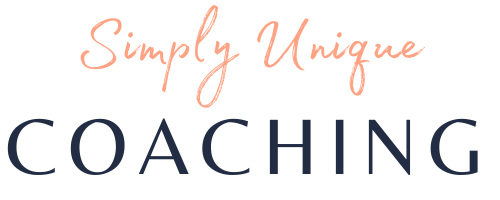Conflict Resolution Techniques
Conflict resolution is a critical skill for all leaders. Good leaders will try to attain a win-win resolutions when possible. Good leaders also know that communication is essential to resolving conflict. In this blog post I list 7 conflict resolution techniques that can be used in the workplace.

Tip #1. Learn what communication is and what it is not.
Communication is all about sending and receiving messages. The person speaking is the sender, and the person listening is the receiver. It is important that the intended message has been communicated and that it has been properly interpreted. A good habit to develop as a listener, is to restate what has been said to you. This assures the speaker that they have been heard, and it will tend to make them more receptive to listening when it is your turn to speak.
Many times, conflict can be solved when a person “feels heard”. They do not necessarily need you to agree with them, they just need to know that what they have to say matters. Also, another important thing to note is that people do and think things that make sense to them. Most of the time conflict arises because individuals are not thinking from the same perspective.
Tip #2. Learn about the different personalities and communication styles.
This will save you a lot of time and help you anticipate how others may see things from their point of view. For example, I innately have an analytical personality and a direct communication style. I became a better leader when I had to learn how to lead and inspire people who have my exact opposite personality and communication style.
Learning about different personalities and communication styles helps us tremendously in the workplace. It ensures that we understand that everyone DOES NOT think exactly like we think. in order to be the best leader that we can be, it is imperative that we learn to see things from our employee’s perspective. Learning about personality types and communication styles, will allow us to interact and communicate with our employees in the most appropriate and effective way possible.
Tip # 3. Learn Conflict Resolution Techniques.
- Set aside a time to discuss the conflict with the appropriate parties.
- Focus only on the topic of conflict.
- Let the other party speak first and listen intently, ask questions to clarify, and summarize what you have heard.
- Speak from your perspective and let the other party know that you are genuinely interested in resolving the issue.
- Develop and agree to a solution to the conflict or agree to disagree (however at this point everyone should feel heard).
- Move forward with the appropriate next steps.
- Follow up with the other party (if appropriate/ needed) to determine that the business relationship is still intact.
Tip #4. Leave conflict in the past, once it has been resolved.
As leaders, it is important to learn the art of letting go. Also ensure that you set this as an expectation on your team, that once a conflict has been resolve everyone needs to leave it in the past. There should be no hard feelings or bitter resentment against other employees.
When leaders and employees are properly equipped to resolve conflict, the workplace is more at ease and more productive. Conflict is inevitable, and the better we become at resolving it, the more effective we will become at leading others.
If you would like to learn more about our 90 Day Leadership Boot Camp click HERE.
